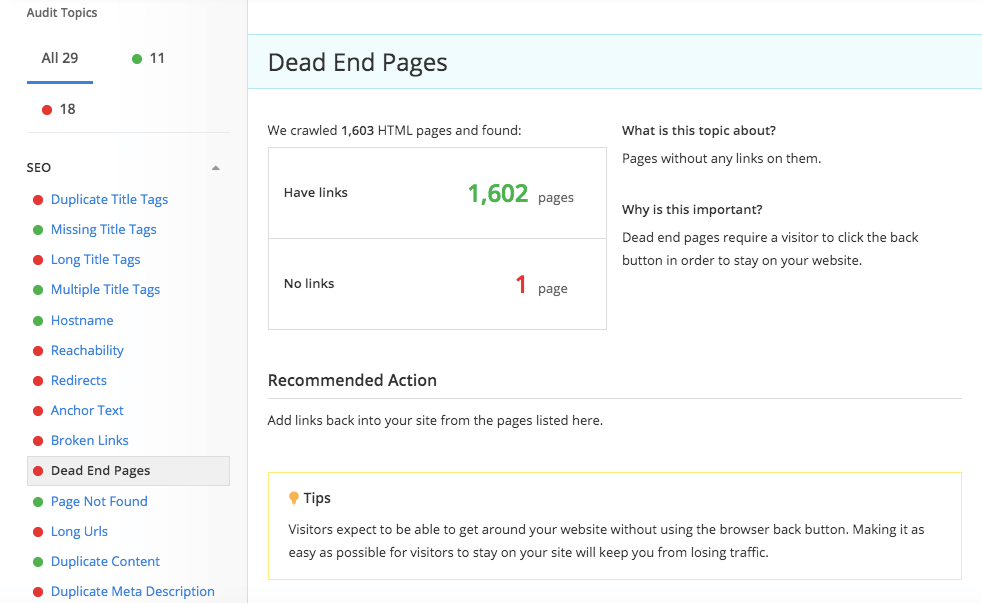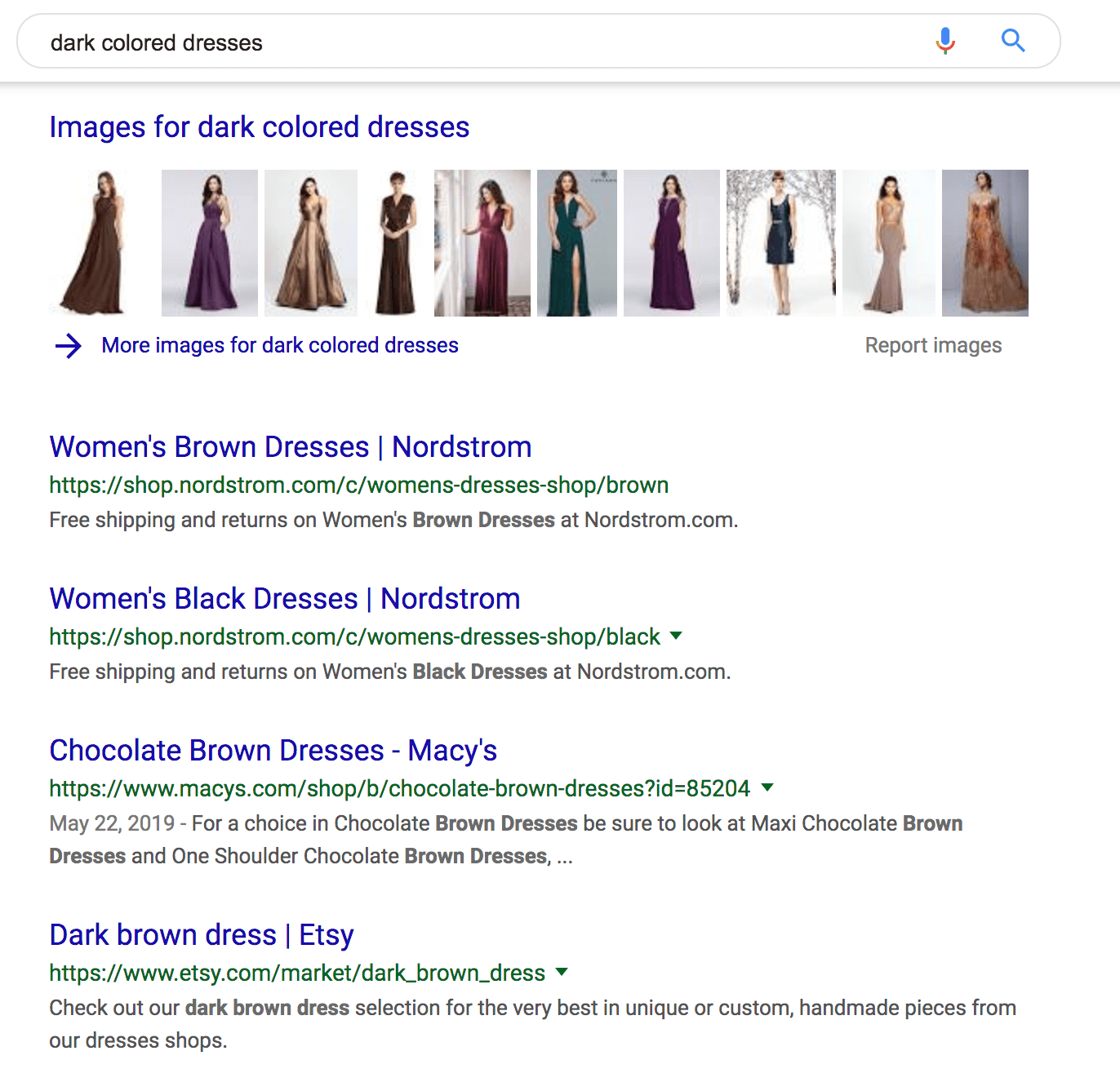
How do Search Engine Algorithms work?
A search algorithm is a collection of various algorithms that perform specific objectives and tasks. It is important to understand all basics to rank your business websites on search engines. Understanding the strategy and structure of the search engine is the baseline to accomplish website rankings.
How Search Engines Crawl, Index, and Rank Content
Search engines look simple, all you need to do is to type a keyword or keywords and the relevant content list is generated for you to view. But at the back end, there is a lot of computational heavy lifting going on. Search engines work dedicatedly to gather relevant searched information from the world’s websites and then organize the information in a systematic format. The whole process involves three stages namely crawling, indexing, and ranking with search algorithms.
Crawling
Search engines mostly rely on crawlers’ automated scripts to collect web information. The web crawler starts from a list of websites. Set of computational rules “Algorithms” that decide the order and location of websites that are to be crawled. It also dictates how frequently the pages are needed to be crawled. Crawlers make their way by visiting each site in a systematic order. Following links through tags such as SRC and HREF join to jump from page to page (both internal and external). In this way, crawlers build a network or a map of interlinked pages.

(Alexa’s Site Audit tool allows identification of web pages without links it improves the accessibility of a crawler)
Indexing
After locating a web page, a bot similarly fetches content as your browser. This means the bot sees what you see including videos, images, and other kinds of dynamic page content. The bot also operates to organize content into categories like HTML, CSS, keywords, text, etc. The process allows the web crawler to ‘understand’ what kind of information is written on the page. It serves as an essential precursor to deciding which keyword searches the page is relatable to.
Ranking
In this step, search engines sift through the indexed information and return the right results for every entered user query. Search algorithms are special rules to analyze information based upon what the searcher is looking for, to match the best answer of the query. Algorithms use certain factors to define the quality of the indexed pages.
Google leverages a series of algorithms to rank your websites. Many factors utilized in setting these algorithms analyze the information as well as user qualitative experience. These factors include –
- Back-link quality
- Mobile-friendliness
- The date on which the content was updated
- Engagement
- Page speed
What Happens When a Search Is Performed?
After grasping awareness about the three-step process, search engines come up with relevant results. Indexing, crawling, and ranking enable search engines to locate, organize, and answer content related to the user query. Let us walk through how search engines answer user queries by reading the step-by-step guide given below –
Step 1: Search Engines Parse Intent
To return these results to the users, firstly search engines need to understand the search intent of the user. They employ complex language models to break down the user query into bits of keywords and parsing meaning. For example, the Google synonym system allows search engines to recognize which sets of words mean the same thing. Hence, when you type “dark-colored dresses”, search engines return for dark tones as well. Resultantly, the search engine understands dark is a synonym for black.
(Search results of “dark-colored dress”)
Search engines also make use of keywords to group categories of search intent. Let us take the previous example of “dark-colored dress”. The term “buy” directs the search engine to pull up product pages that match the searcher’s shopping intent. Search results are up to date as a result of the “freshness” algorithms. These algorithms help search engines identify popular keywords. You will see “election results” that yield separate SERP results during non-election and election time.
Step 2: Search Engines Match Pages to Query Intent
Once the search engine understands user query it becomes a lot easier to yield relevant results in the form of matching pages. Certain factors assist search engines in deciding which page is best suited to the searched query, these factors include –
- Title/content relevance
- Types of content
- Content quality
- Site quality and freshness
- Page popularity
- Language of query
Suppose you search “top sushi selling places” the search engine will automatically list out all popular restaurants of sushi or Japanese cuisine in body and title pages. Hence understanding user search intent is crucial to show enriched search results like the image carousel or knowledge graph.
Step 3: Search Engines Apply ‘Localized’ Factors
Several factors come into play when search engines understand, locate and secede whether the content is relatable, up-to-date, and synonymous or not. You can get multiple different results for a keyword that is because when you search a specific title or keyword, the search engine locates content based on popular searches from another friend that lives in another state. All this is possible due to a combination of individual factors that come into play when you a user brings up a query and enters it into the search engine search bar. These factors include –
Location
When a user searches for “restaurants near me” these search results are entirely location-based. Search results are ranked based on local factors. Similarly, if you look up “football”, pages referring to the Steelers will result for someone in Pittsburgh and 49ers for another individual living in Chicago.
Search settings
Search settings are indicators of what is the actual demand. The search engine uses it as a reference to find useful and relevant content pages. If you set up your language or open the SafeSearch option then the filter allows filtration of content to end up showing only keyword-centric information to the user.
Search history
Search history plays an important role in suggesting content pages as well. For example, if you search for “Hemingway” you will get results for both editor app and writer. By sticking to all these useful factors you can save your time by searching relevant content much faster and adding to your business growth.
How ITS Can Help You With SEO And PPC Services?
Information Transformation Services (ITS) has been providing Digital Marketing Services for a considerable amount of time now. The services include Content Writing along with SEO and PPC services. We provide solutions for long-term economical outsourcing plans to marketing giants and state-of-the-art enterprises whenever you like.
If you are someone who has newly established a company and is worried about getting Top Google Ranking and Proficient Lead Generation Service then ITS is your dream place. As a global endorser in providing SEO and PPC Service at its best, we have a well-defined and researched framework that works in deriving targeted leads for your company. ITS promises you quality over quantity breaking all barriers by providing long term and easier Google Ranking Facility. If you are interested in ITS SEO and PPC Services, you can ask for a free quote!




